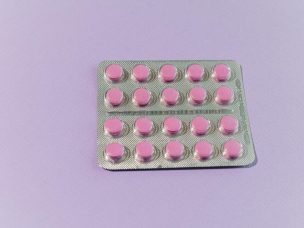FRIDAY, April 2, 2021 (HealthDay News) — Risk factors for heart disease put expectant mothers at higher risk for adverse pregnancy outcomes (APO) as well as increased chances of high blood pressure years after delivery, according to a study published online Feb. 23 in the Journal of the American Heart Association.
Janet M. Catov, Ph.D., from the Magee-Womens Research Institute in Pittsburgh, and colleagues evaluated the association between first-trimester atherogenic markers and the risk for APO (hypertensive disorders of pregnancy, preterm birth, small for gestational age), gestational diabetes mellitus (GDM), and hypertension (130/80 mm Hg or antihypertensive use) two to seven years after delivery.
The researchers found that women with an APO/GDM (1,102 women) had more atherogenic characteristics (obesity; higher blood pressure, diastolic blood pressure, glucose, insulin, triglycerides, and high-sensitivity C-reactive protein; lower high-density lipoprotein cholesterol) versus women without an APO/GDM. Women with an APO/GDM were also more likely to develop hypertension after delivery (32.8 versus 18.1 percent). In an adjusted analysis, the risk for later hypertension was associated with higher glucose (relative risk [RR], 1.03 per 0.6 mmol/L; 95 percent confidence interval [CI], 1.00 to 1.06), high-sensitivity C-reactive protein (RR, 1.06 per twofold higher; 95 percent CI, 1.02 to 1.11), and triglycerides (RR, 1.27 per twofold higher; 95 percent CI, 1.14 to 1.41). Higher physical activity protected against later hypertension (RR, 0.93 [95 percent CI, 0.87 to 0.99] for three hours/week).
“During pregnancy women are in frequent contact with care providers and participate in multiple medical screenings,” Catov said in a statement. “A strong provider-patient partnership can be a first step in identifying potential risks for pregnancy complications, while creating strategies to support the cardiovascular health of a mother and her child for years to come.”
Two authors disclosed financial ties to the pharmaceutical industry.









